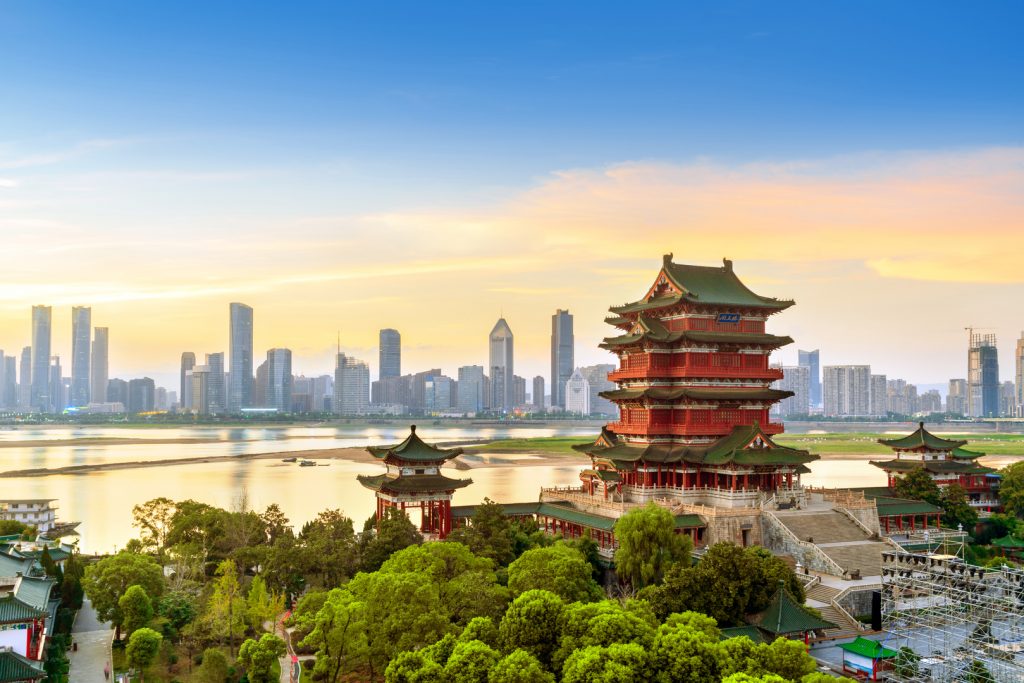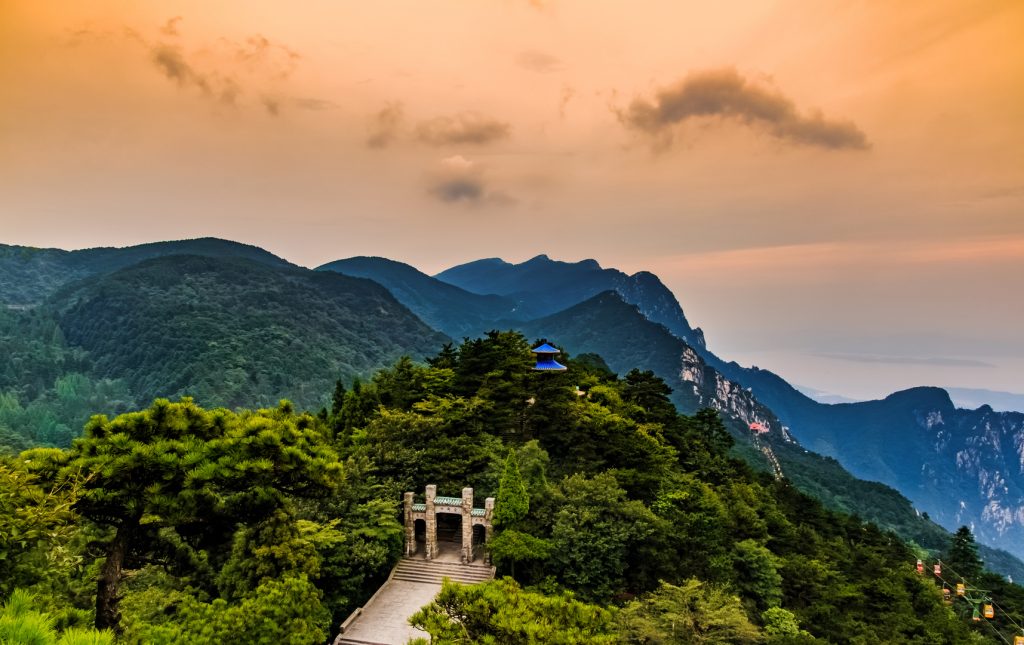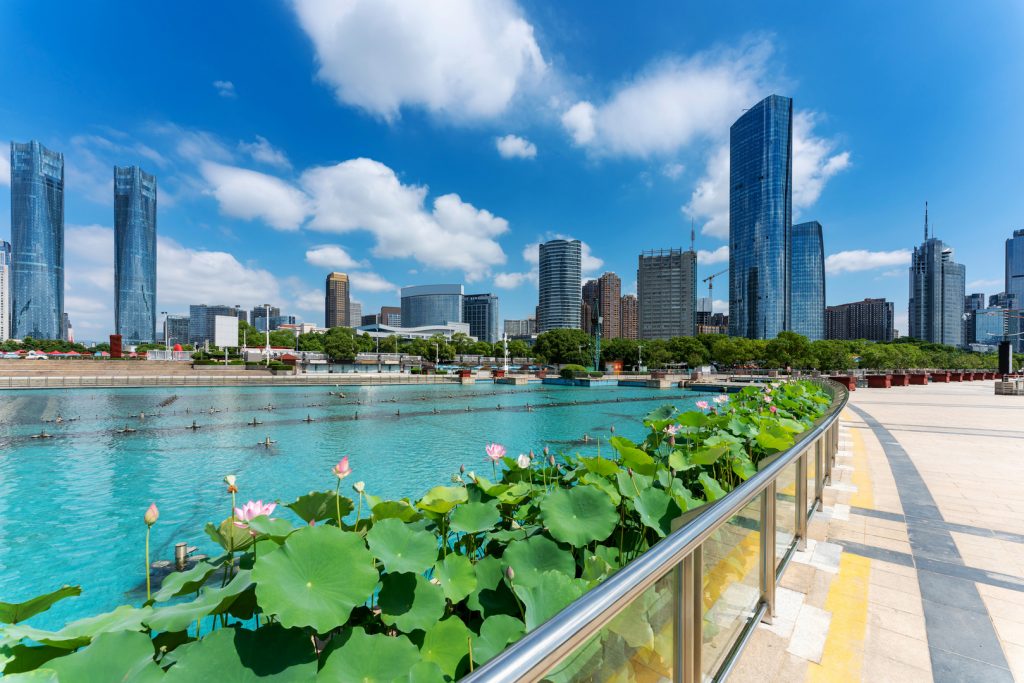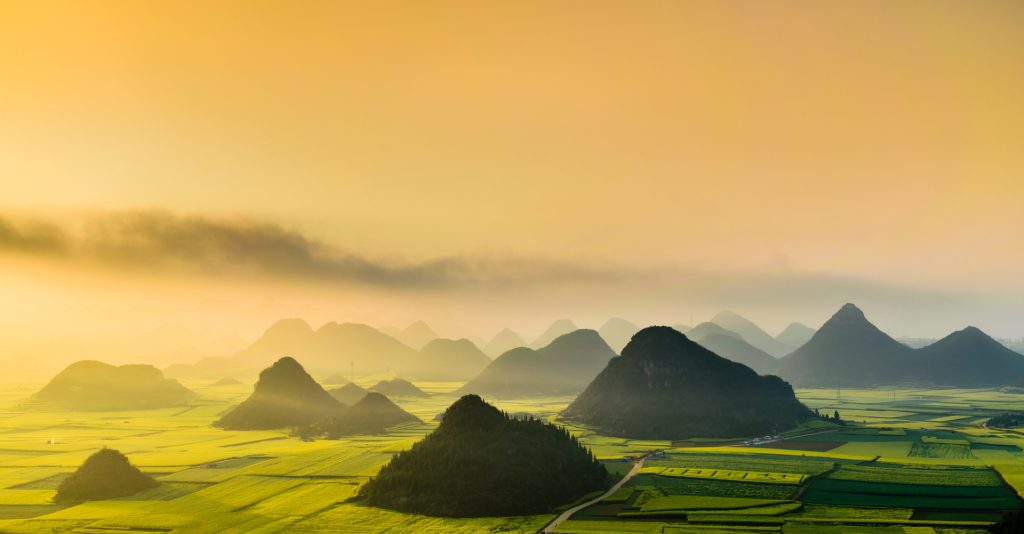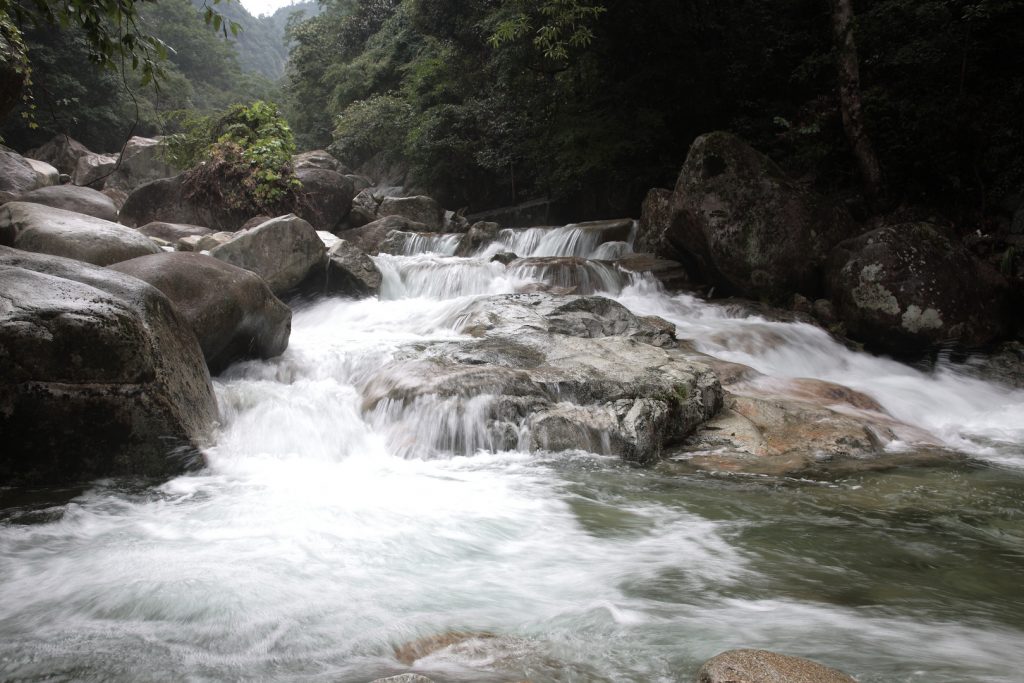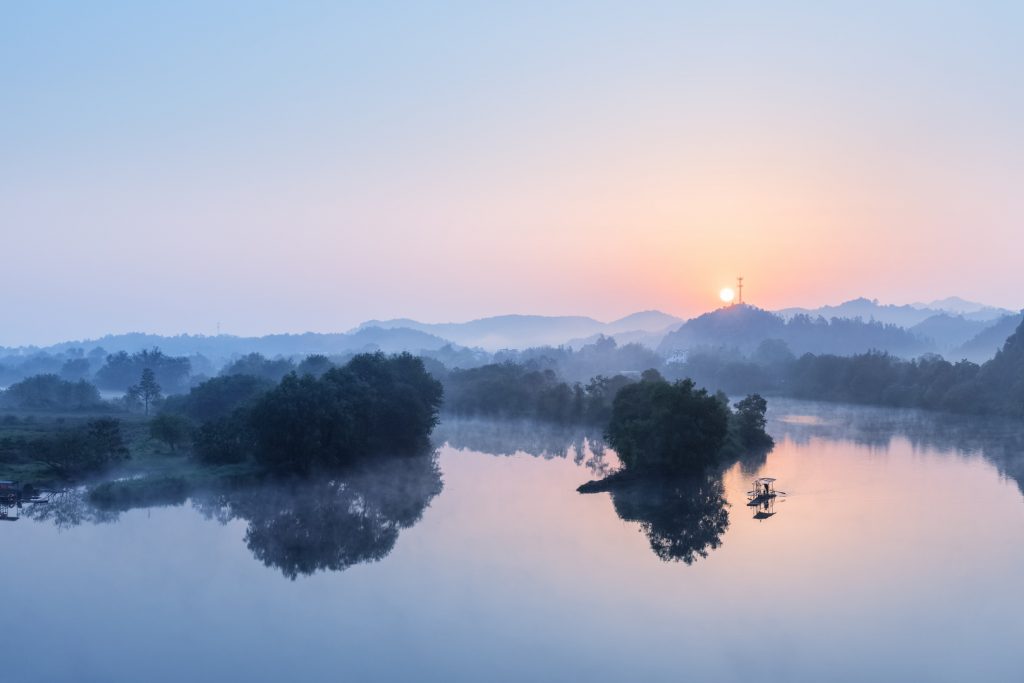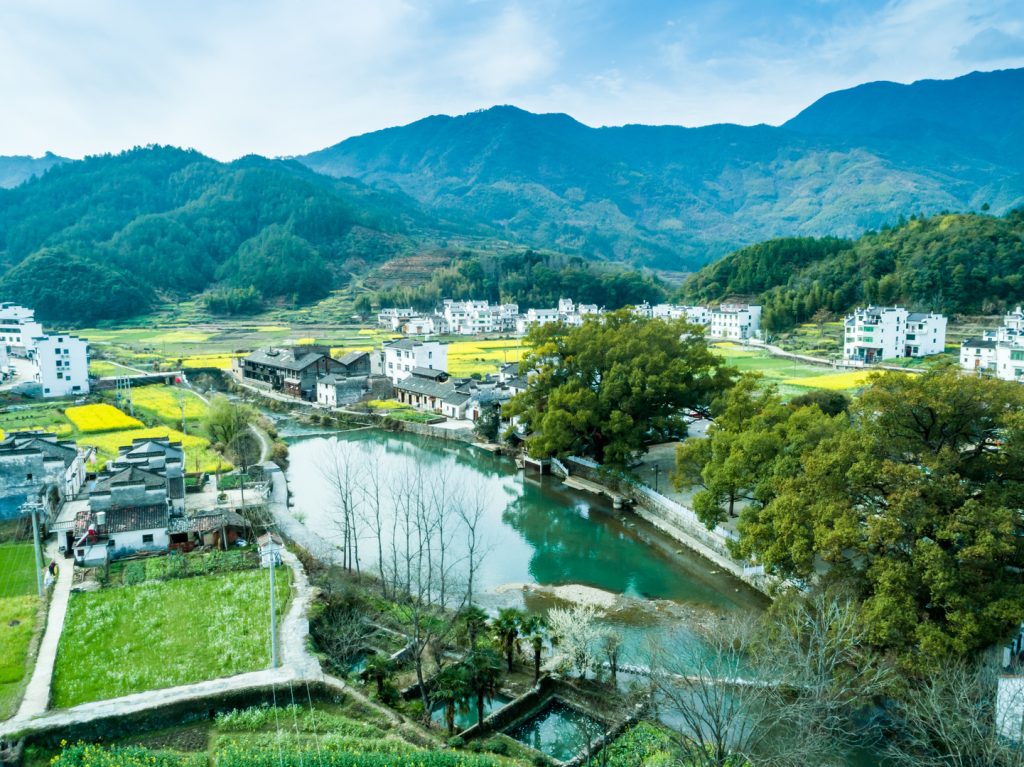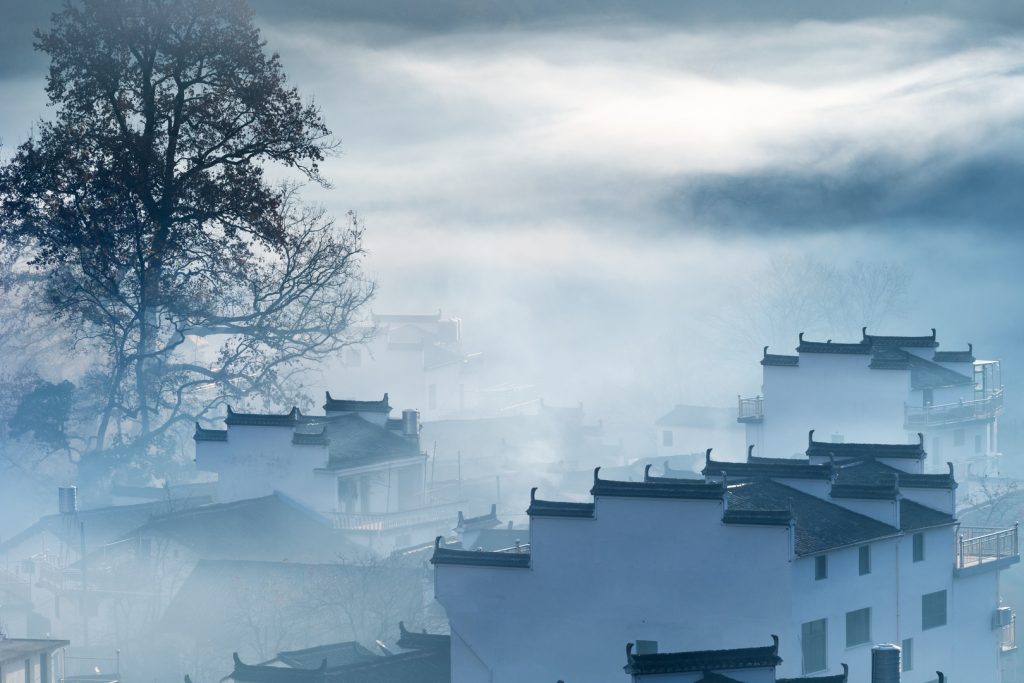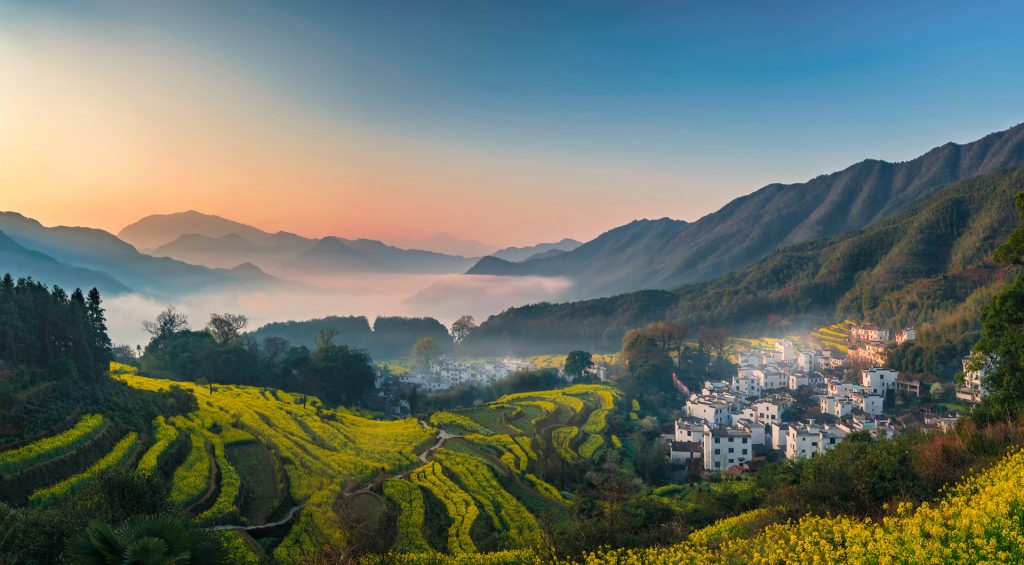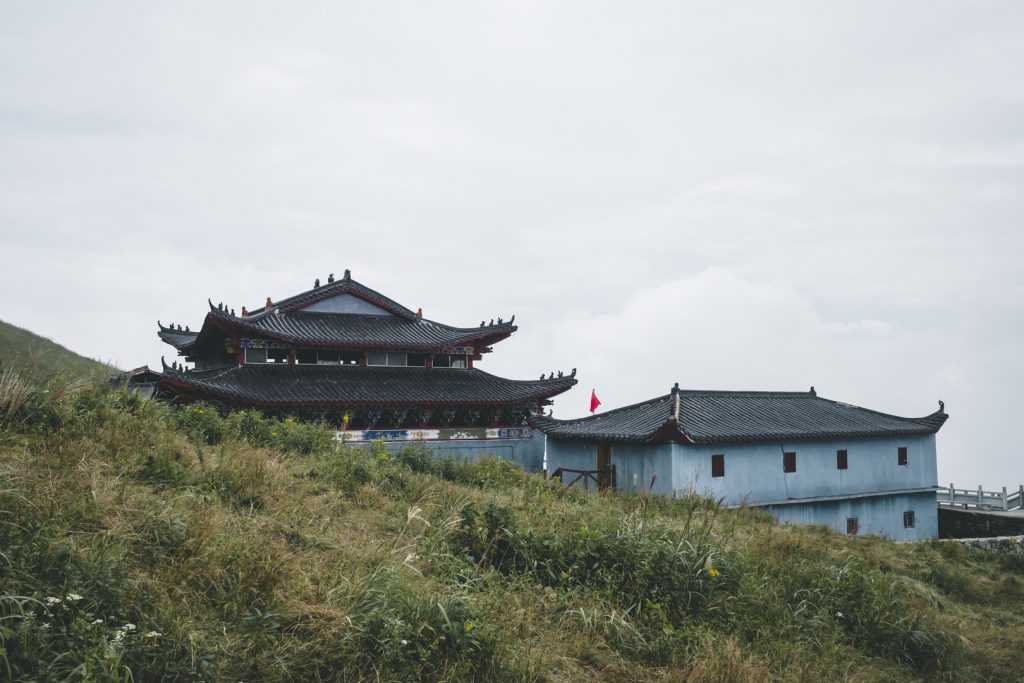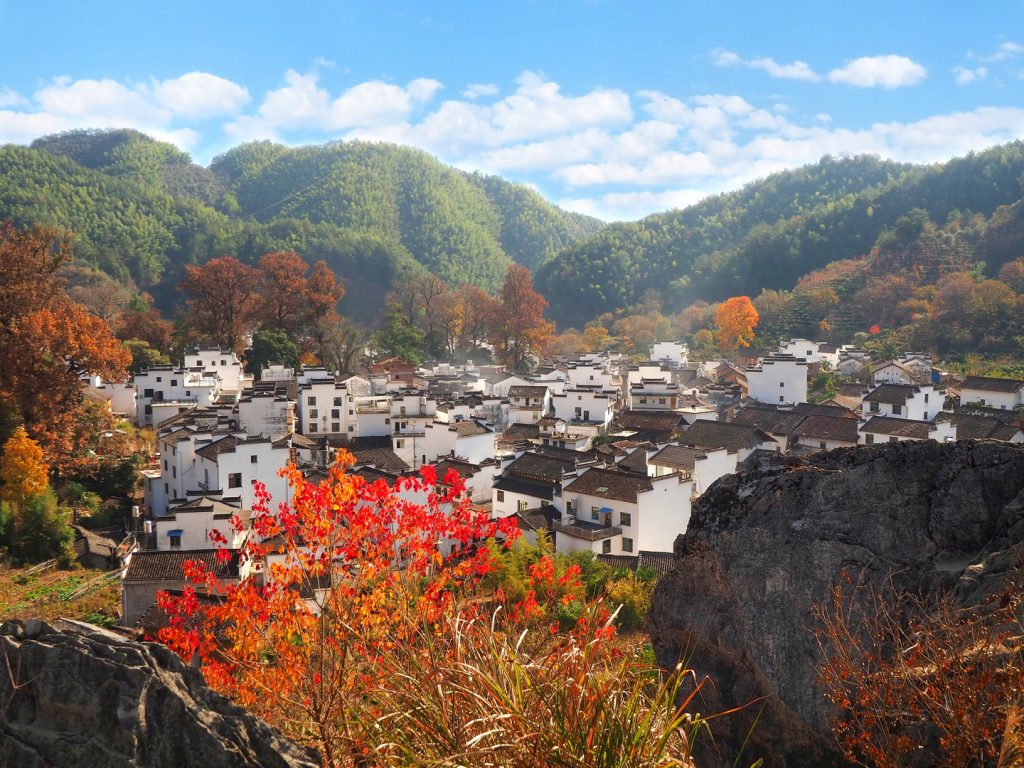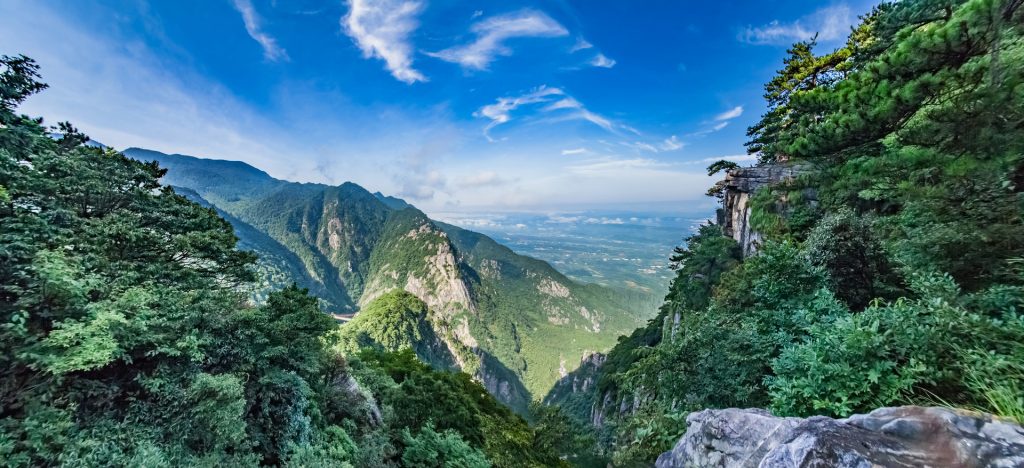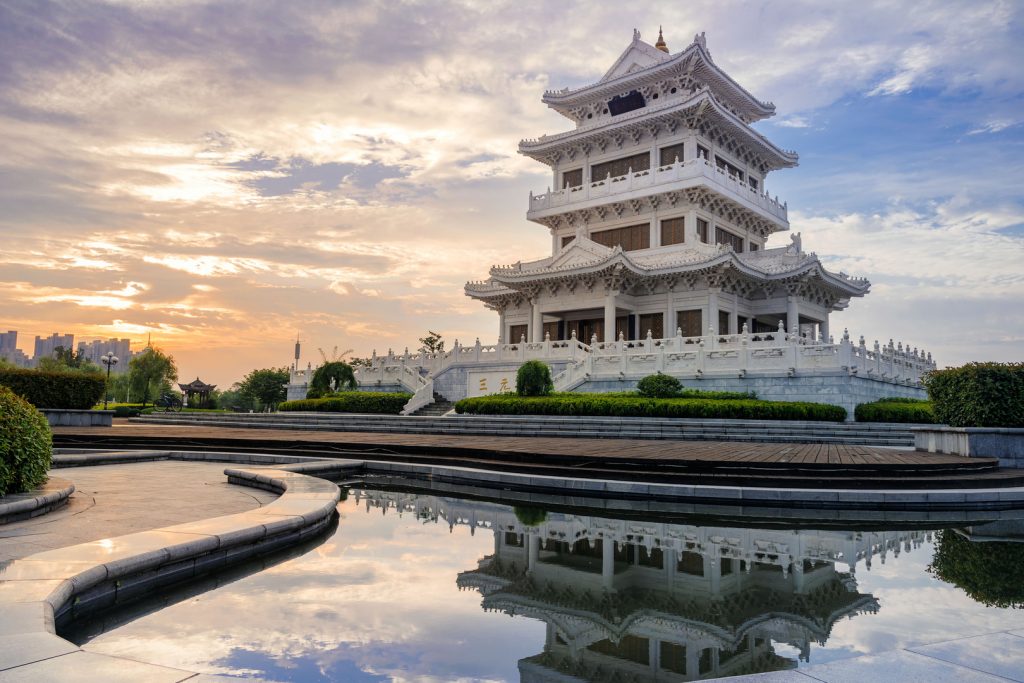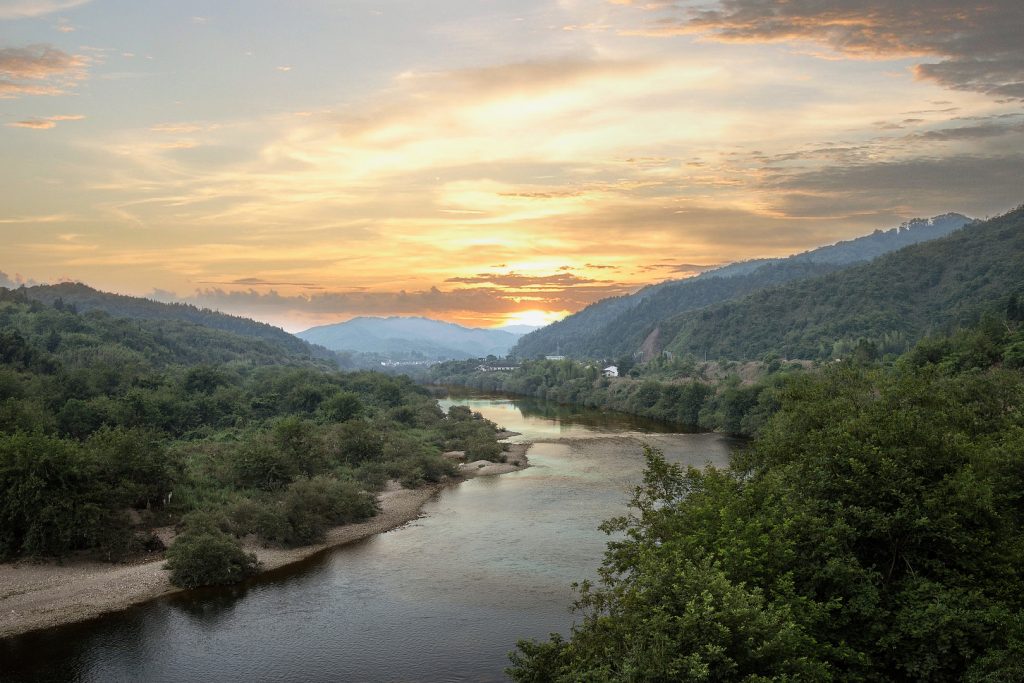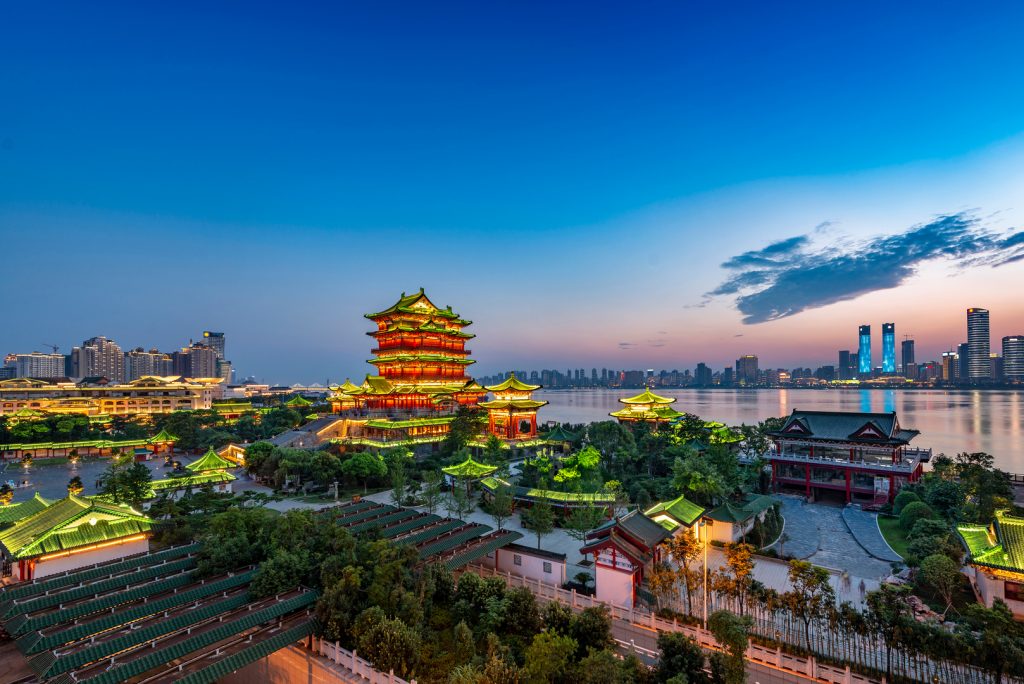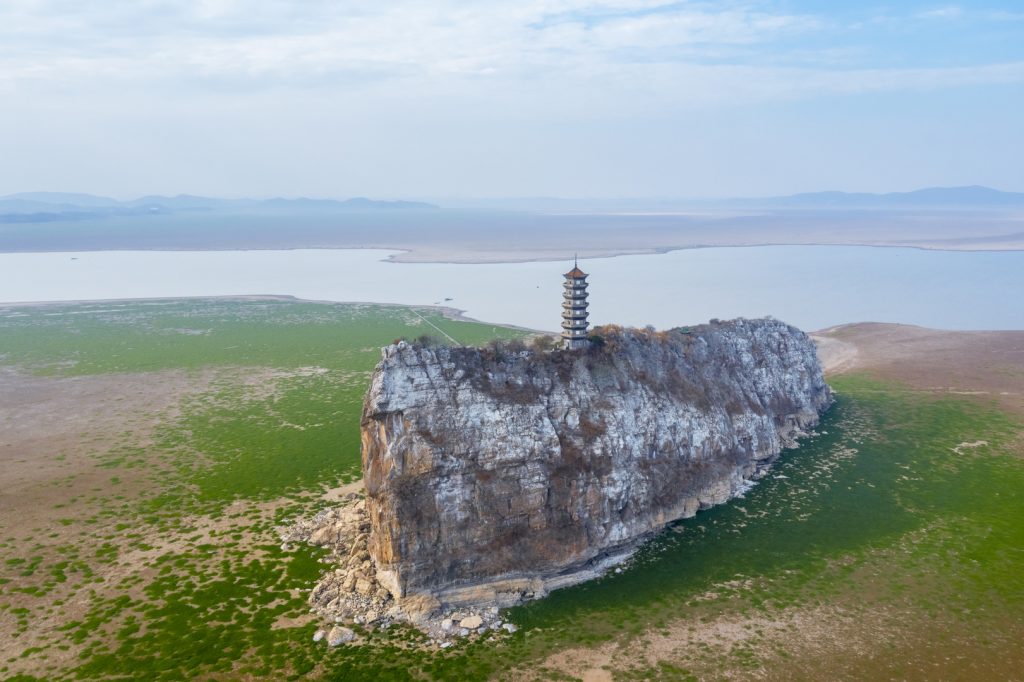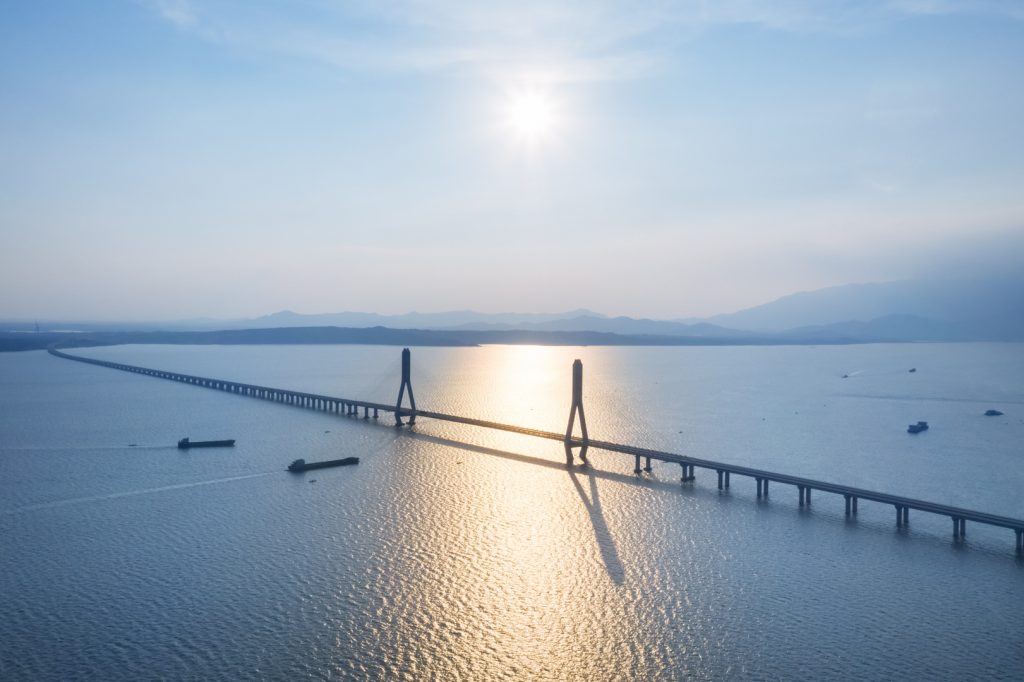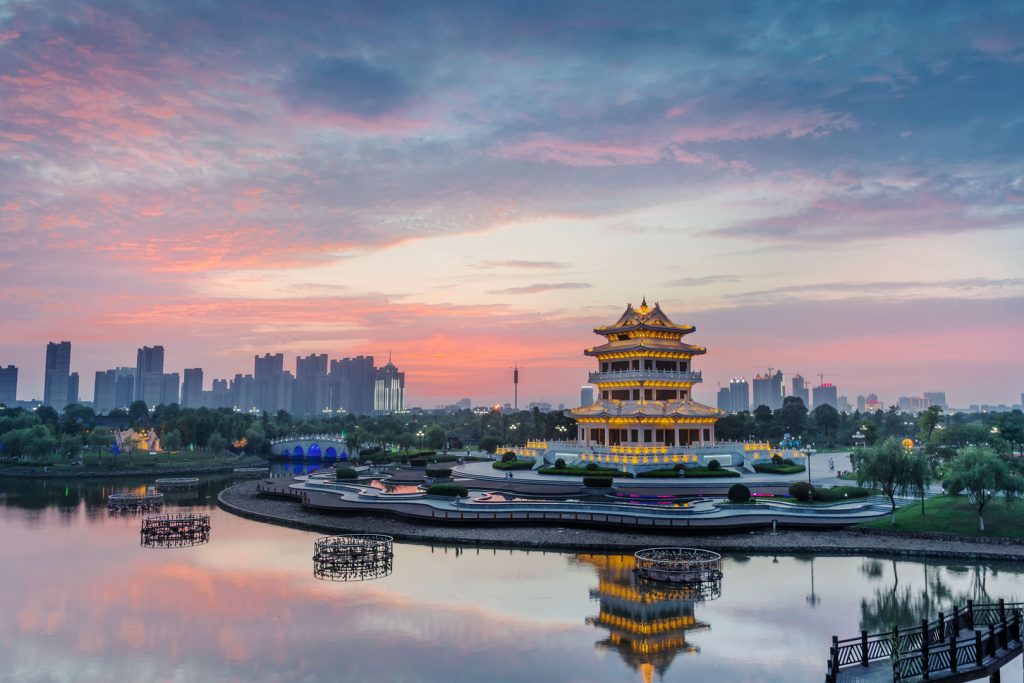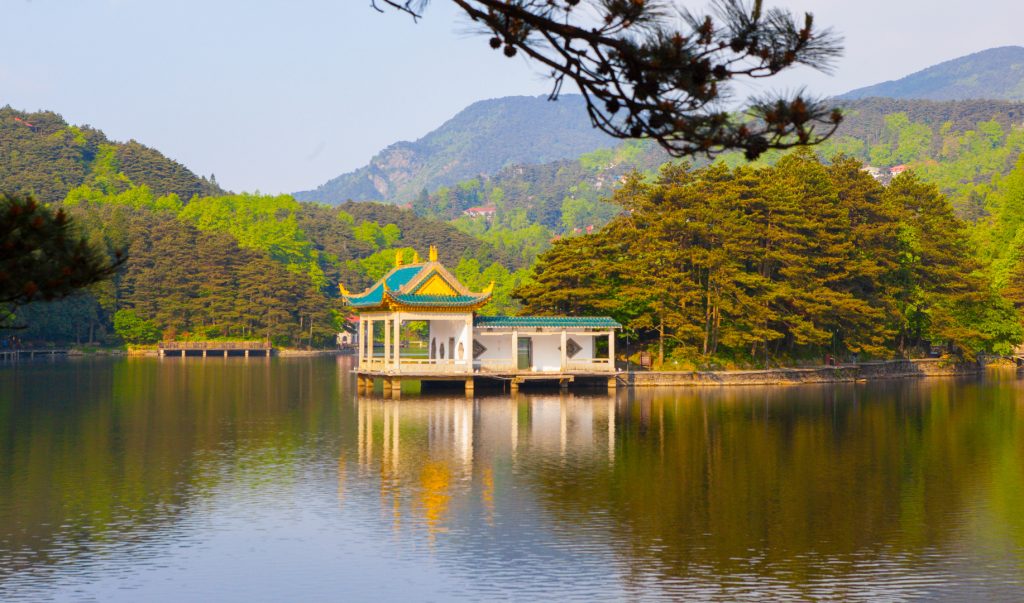장시성
장시성은 인구 5천만 명이 조금 안 되는 내륙 지방입니다. 동부 베이 오브 플렌티(Eastern Bay of Plenty)와 마찬가지로 장시성의 경제는 원예, 임업, 관광에 크게 의존하고 있습니다. 차와 전통 한의학으로 유명합니다. 동부 베이 오브 플렌티(Eastern Bay of Plenty)처럼 이 지방도 중앙 정부의 큰 지원을 받았고 따라서 현재 경제 호황을 누리고 있습니다.
가처분 소득으로 비교해봤을 때 뉴질랜드와 비슷한 수준으로 비교적 부유합니다. 장시 사람들은 해외로 여행하고 공부하기를 희망하며 외국 제품, 특히 뉴질랜드가 생산하는 음식, 건강, 미용 제품을 선호합니다.
장시성 정부는 중국에서 가장 큰 호수인 포양호수를 포함한 수로와 호수의 회복을 위해 생태계 보호를 최우선 과제로 삼고 있습니다. 성의 약 40%가 산림이고, 10%는 지속가능한 상업과 임업이 차지합니다.
한족이 주요 민족이며, 객가족(Hakka), 선비족(Gan), 사족(She)을 포함한 소수 민족이 섞여 있습니다. 문화적으로 장시성은 오페라와 공연 예술로 유명하며, 푸저우시는 중국의 셰익스피어 탕현조(Tang Xianzu)의 고향이기도 합니다. 중국 내에서 장시성은 전통적인 건축물과 도자기로 유명합니다.
참여 방법
동부 베이 오브 플렌티(Eastern Bay of Plenty) 주민이라면 우리 지역의 평판을 떨어뜨리는 행동을 삼가고 존중하는 태도를 갖춘다는 전제 하에 누구나 이 관계에 참여할 수 있습니다.
비즈니스: 무역에 관심있는 기업이라면 난창시의 베이 오브 플렌티 센터에서 자신의 제품을 전시하고 잠재적인 수출입 파트너를 만나는 데 따르는 자원을 무료로 이용할 수 있습니다. 이 센터에는 상근 직원이 있어 상담, 소개, 번역, 여행 계획 등을 문의할 수 있습니다. Covid-19로 인한 여행 제한이 완화되면 2년 기한의 비즈니스 대표단이 B2B(Business to Business) 연결을 지원할 것입니다. 장시성 시장에 대한 자세한 내용은 동부 베이 오브 플렌티(Eastern Bay of Plenty) 상공회의소에 문의하세요.
커뮤니티 조직: 장시성과의 관계에 관심이 높은 개인 및 지역사회 참여를 장려합니다. 자세한 내용은 지자체에 문의하세요.
학생: 뉴질랜드 정부와 장시성 정부는 북아시아 태평양 센터를 통해 장학 기금을 마련했습니다. 프로그램은 3주에서 12개월까지 다양하게 구성돼 있습니다. 관련한 정보는 해당 지역 고등학교로 문의하세요.

















































